In the autumn and winter, ginseng is a popular choice for supplementation.
However, there are many members of the “ginseng” family,
including Ren Shen (Ginseng), Dan Shen (Salvia miltiorrhiza), Dang Shen (Codonopsis pilosula), Sha Shen (Glehnia littoralis), Hong Shen (Red Ginseng), Xi Yang Shen (American Ginseng), and Tai Zi Shen (Pseudostellaria heterophylla).
What are the differences among them?
How should they be consumed?
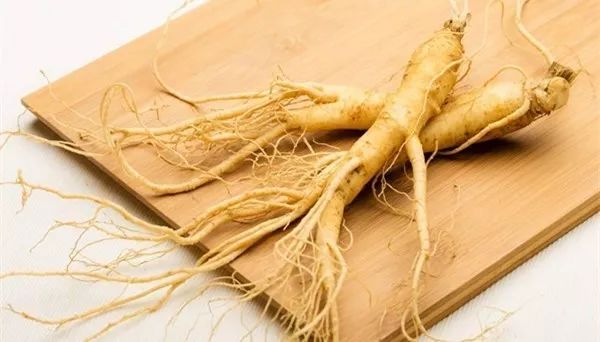
Ren Shen (Ginseng):
Greatly tonifies Qi, the primary ginseng for deficiency
Ren Shen is known for its ability to greatly tonify Qi, calm the spirit, enhance intelligence, generate fluids, quench thirst, and combat aging, making it one of the most valuable tonic herbs.
It is indicated for major illnesses, chronic diseases, blood loss, and fluid depletion leading to Qi deficiency, with symptoms of fatigue and weak pulse.
It is also effective for insomnia with dreams, palpitations, forgetfulness, and excessive sweating due to heart Qi deficiency.
However, it is not suitable for those with excess heat or strong righteous Qi.Additionally, healthy children should avoid Ren Shen and similar tonics to prevent precocious puberty, which can hinder normal healthy development.
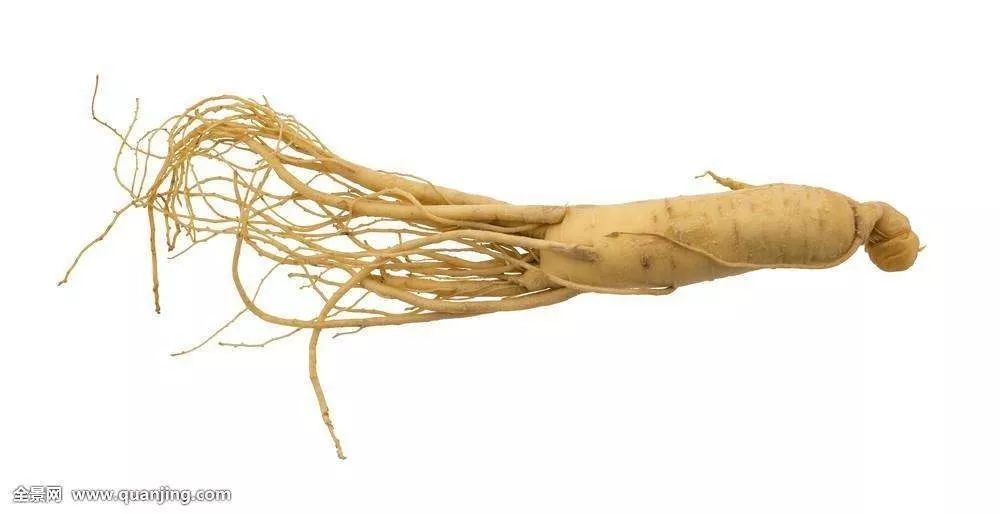
Dan Shen (Salvia miltiorrhiza):
Invigorates blood and dispels stasis
Dan Shen is an excellent herb for invigorating blood and dispelling stasis, with effects of promoting blood circulation, alleviating pain, calming the heart, and nourishing the blood.
There are many preparations made from Dan Shen, commonly including Dan Shen drops and compound Dan Shen tablets.
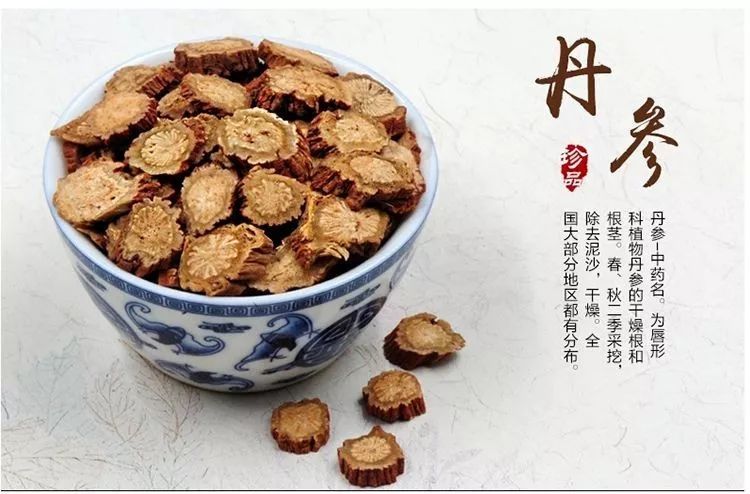
Dang Shen (Codonopsis pilosula):
Tonifies Qi and nourishes blood
Dang Shen has the effects of nourishing blood and tonifying Qi, particularly effective for lung Qi deficiency and treating lung weakness.
It can be used for various Qi deficiency conditions, including fatigue, weakness in the limbs, poor appetite, loose stools, and susceptibility to colds.
Modern research suggests that Dang Shen can treat anemia and enhance the body’s resistance.
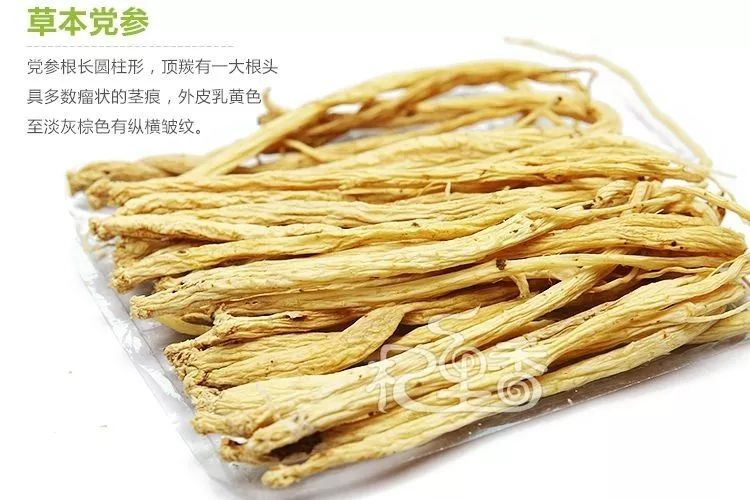
Sha Shen (Glehnia littoralis):
Nourishes Yin, clears the lungs, transforms phlegm, and stops cough
Sha Shen is divided into Nan Sha Shen (Southern Sha Shen) and Bei Sha Shen (Northern Sha Shen), with very similar effects.
Bei Sha Shen is suitable for those with chronic cough due to lung Qi and Yin deficiency;
Nan Sha Shen is suitable for those with dry throat and pain after contracting exogenous heat diseases.
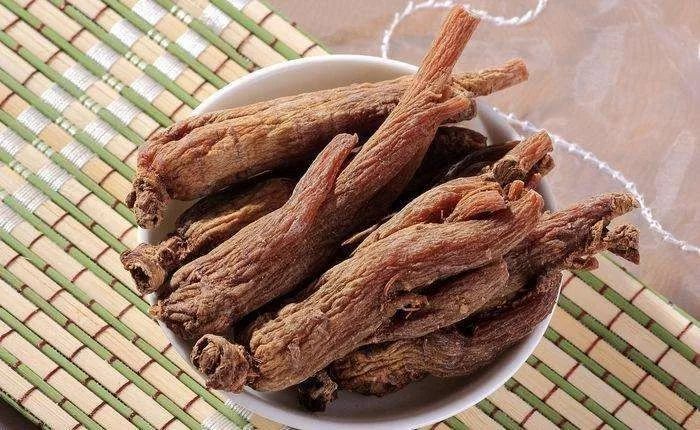
Hong Shen (Red Ginseng):
Tonifies Yang Qi, suitable for Yang deficiency
Red Ginseng is made by steaming fresh ginseng until it turns red and becomes more resinous.
Due to its processing, it not only has the same effects as Ren Shen, such as tonifying Qi, generating fluids, and calming the spirit, but its medicinal properties are warmer, more potent, and longer-lasting, making its effects on tonifying Yang Qi and nourishing Qi and blood exceptional.
Those with symptoms of pale complexion, cold hands and feet, and other signs of Yang deficiency can use Red Ginseng for supplementation.
However, those with Yin deficiency and excess heat should avoid Red Ginseng.

Xi Yang Shen (American Ginseng):
Clears heat and nourishes Yin
The greatest advantage of Xi Yang Shen is its ability to tonify Qi and nourish Yin, benefiting the five organs without causing dryness or heat, hence it is also known as “fire-free ginseng.”
The difference in effects between Xi Yang Shen and Ren Shen is that Ren Shen tonifies Qi and supports Yang, while Xi Yang Shen tonifies Qi and nourishes Yin.
Generally, Xi Yang Shen tea is suitable for older adults with chronic illnesses and weak constitutions, as well as those prone to wind-cold and catching colds.
Young and robust individuals, as well as those prone to anger, should avoid consuming it.
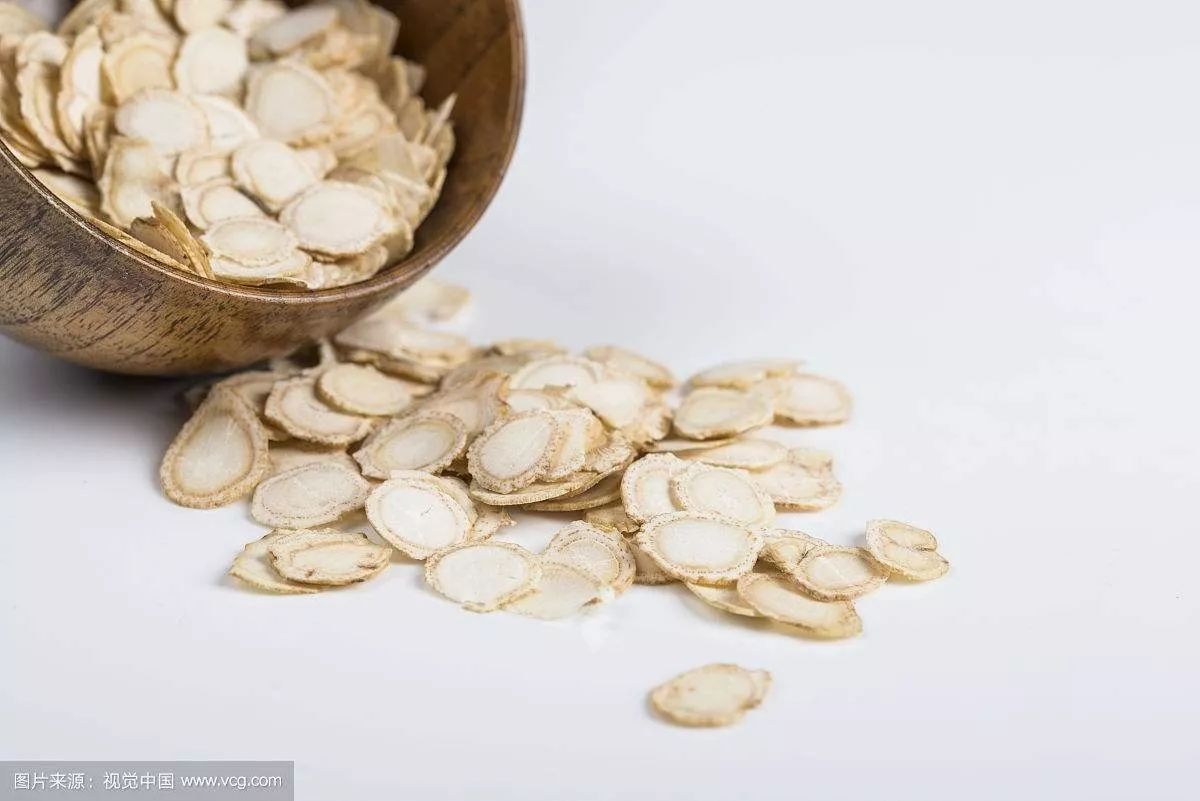
Tai Zi Shen (Pseudostellaria heterophylla):
Stable medicinal properties, tonifies Qi without causing heat
Tai Zi Shen has the effects of benefiting Qi, strengthening the spleen, and generating fluids to moisten the lungs.
It is commonly used for spleen Qi deficiency, fatigue, poor appetite, post-illness weakness, Qi and Yin deficiency, spontaneous sweating, thirst, and dry cough.
It can also enhance immune function, increasing the body’s defense against various harmful stimuli and boosting metabolism.
Compared to Ren Shen, Hong Shen, and Dang Shen, Tai Zi Shen’s Qi tonifying power is not very strong, but it does not have excessive drying properties, thus it is particularly suitable for those with Qi deficiency who are prone to heat.
Source: Health Times




